We have just finished spending five days in Cape Town, South Africa and can see what the fuss is all about. It is placed in one of the world’s most beautiful settings. You have a large bay and the Atlantic Ocean on two sides of the city and then dramatic mountains to the south. The city is also very cosmopolitan with flavors from the native African tribes, the Dutch who colonized the area first, the British who later took it from the Dutch, Asian Indians who have settled here in great numbers, and Middle Easterners who have done the same. Our hotel room happened to take in the prominent harbor views and was situated to look dead-on at the fascinating forms of the various mountains. It’s stunning to be sure.
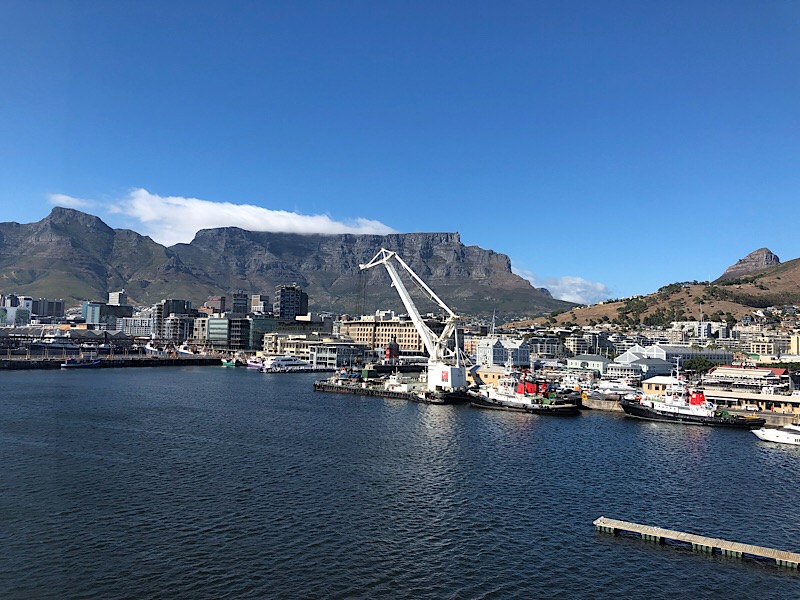
We ended up spending some good R& R time in that room and were glad to have such a beautiful scene to drink in each day. Safaris are an unbelievable blast but you are pretty much on the go from five a.m. until ten at night with all the game drives and other activities they put on for you. So, we never really had time to recover from our jet lag after flying for thirty-six hours from LA to Johannesberg. In Cape Town we were ready for some down time. Let’s just say, naps were had! We also had a chance to read, do some art (Ryan), play cribbage, and be mesmerized by the constant activity in the harbor.
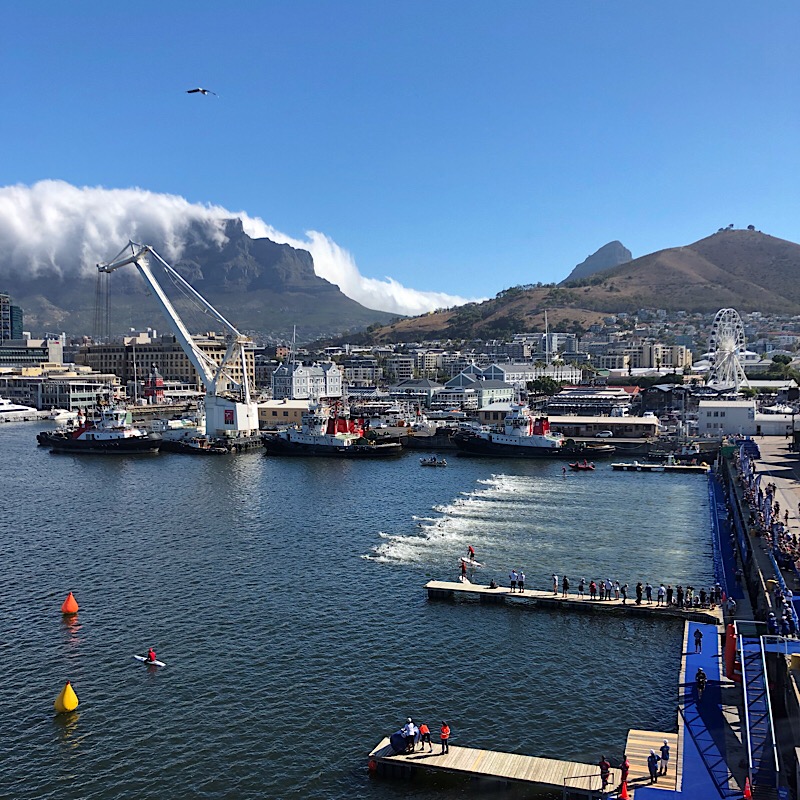
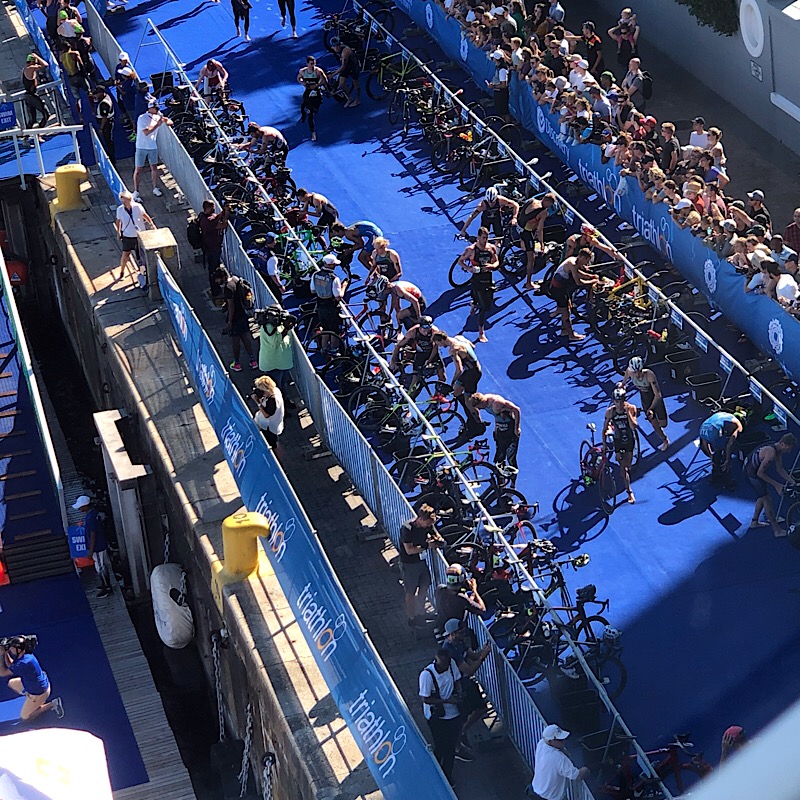
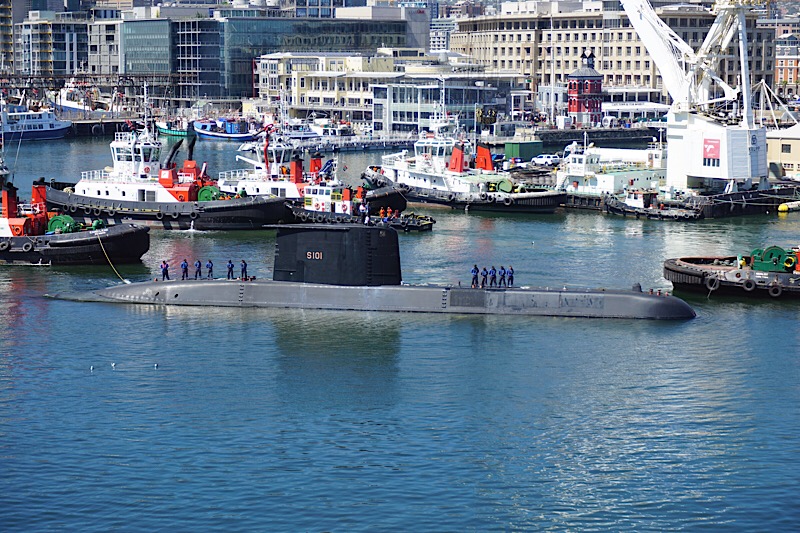
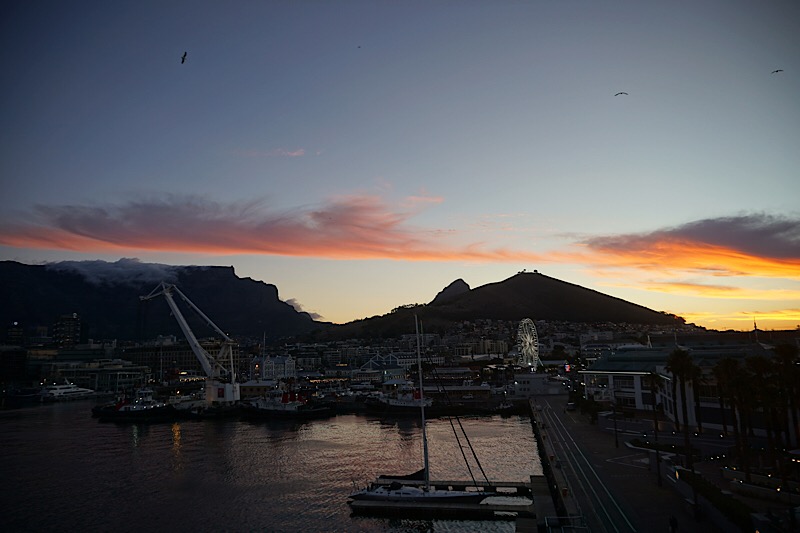
The first full day we went on one of those hop-on, hop-off double deck buses and were able to familiarize ourselves with the layout of the city. We got off to visit a fantastic museum of contemporary art by African artists called MOCAA. It is housed in some reconfigured grain silos and the way they’ve cut through the silos to make larger spaces creates some awesome shapes that lend themselves perfectly to photography.
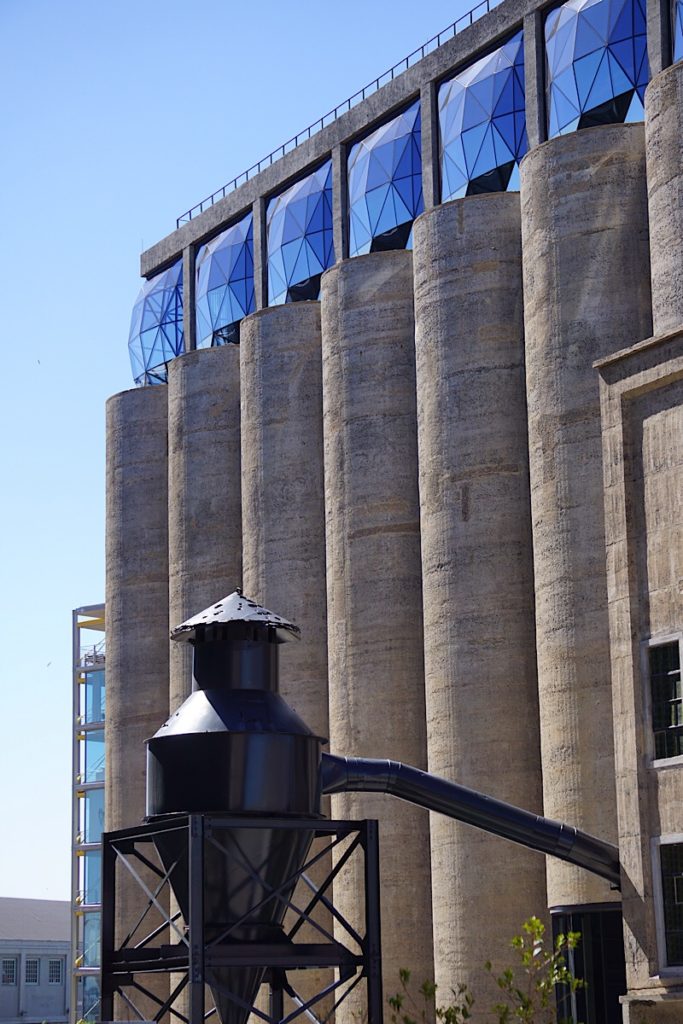
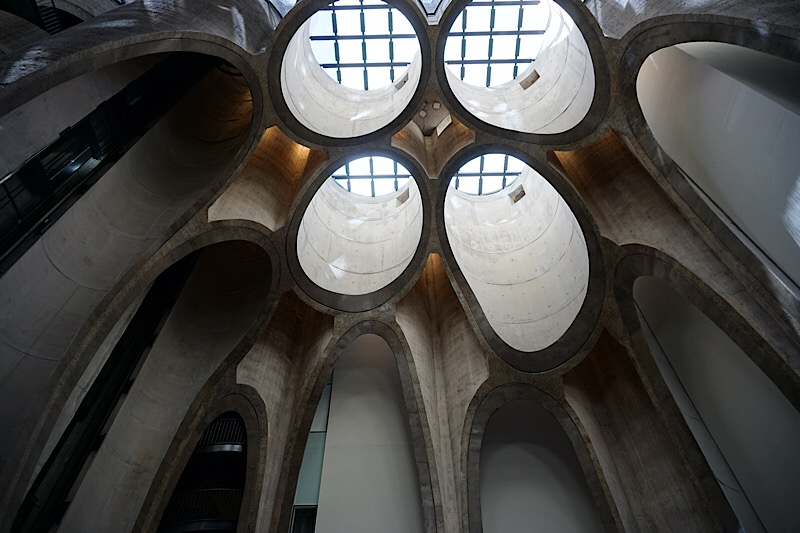
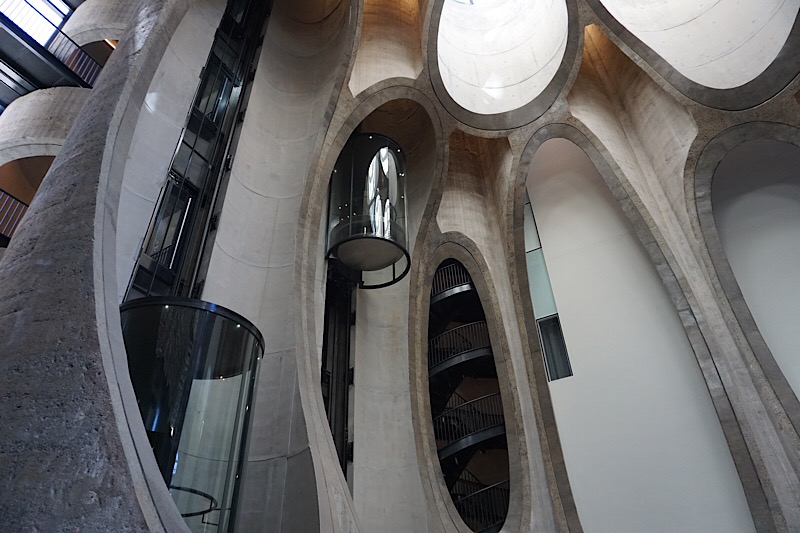
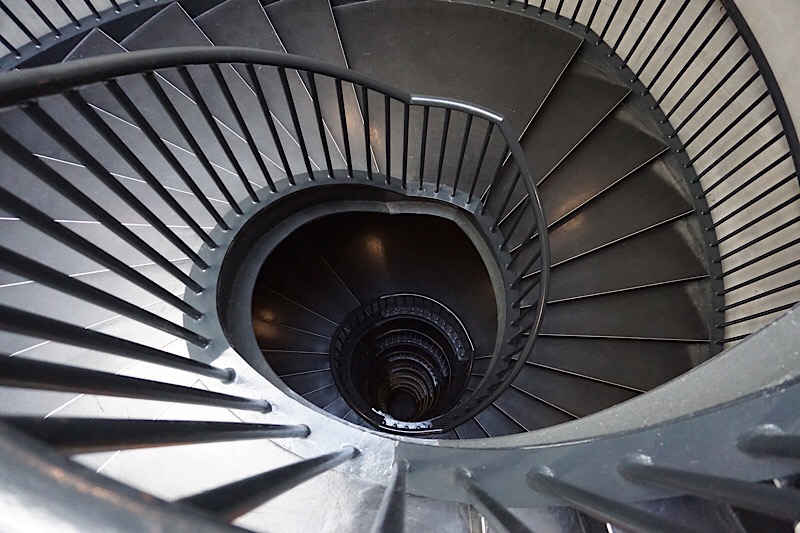
We also got off at another stop in Bo-Kaap, a predominately Muslim section of the city well known for it’s brightly colored homes and shops.
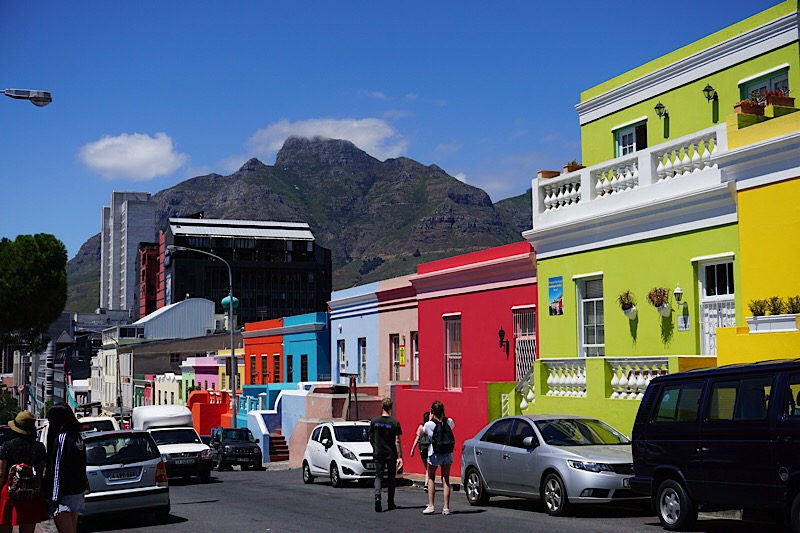
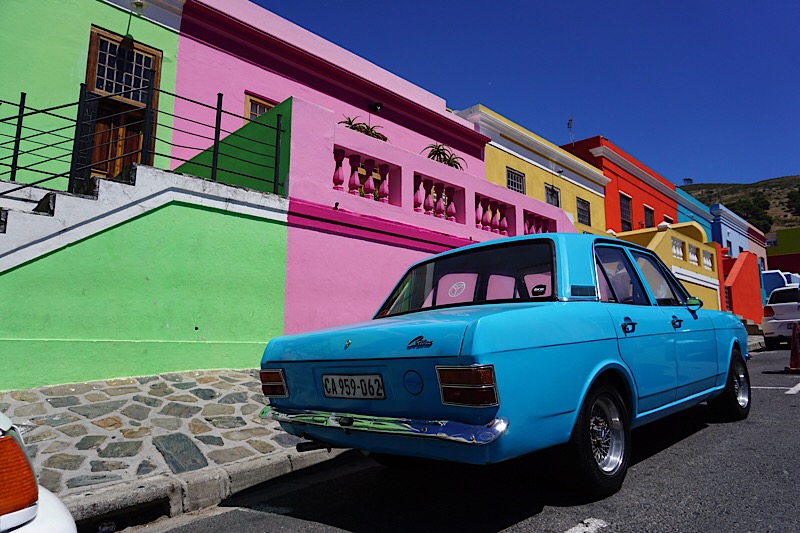
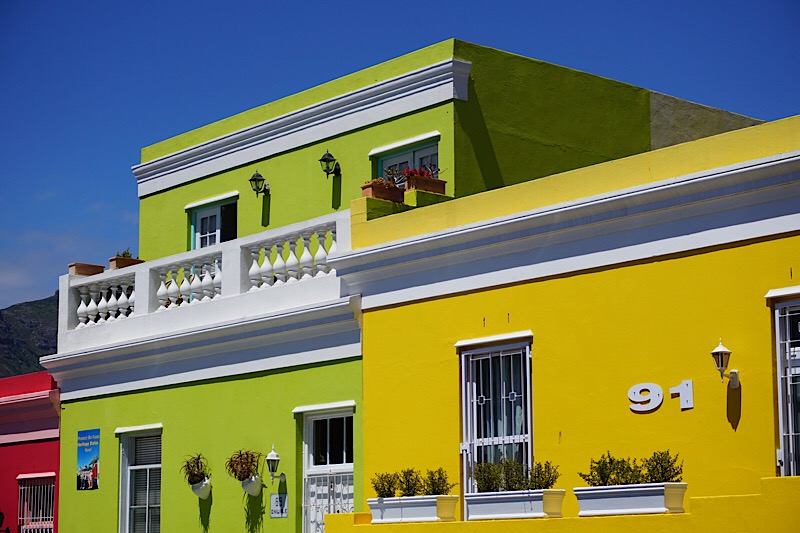
A later stop took us to a beachside community, Camps Bay, that could rival the Riviera or Miami, perhaps. The white sand beaches and waterfront restaurants were very inviting, especially with the seaside breezes keeping the hot summer temperatures under control.
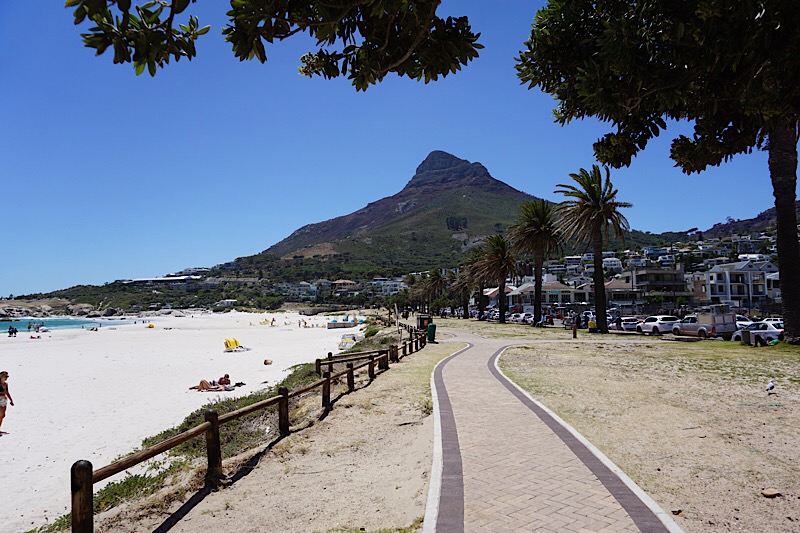
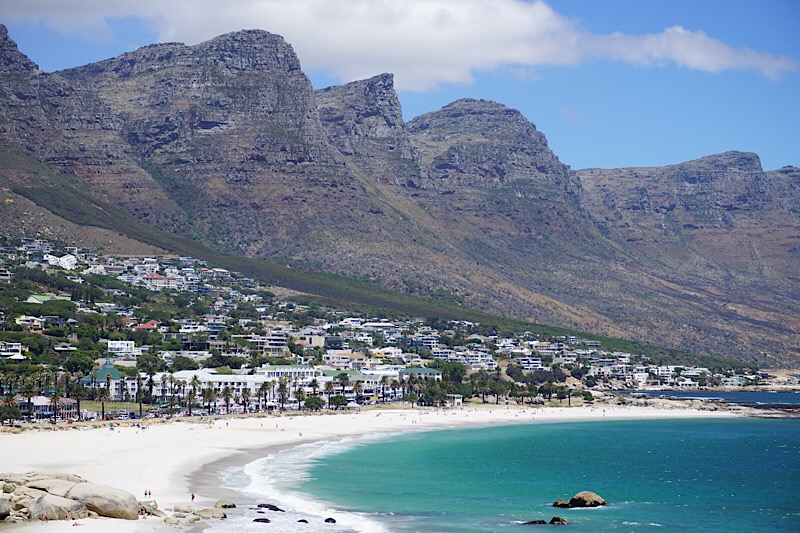

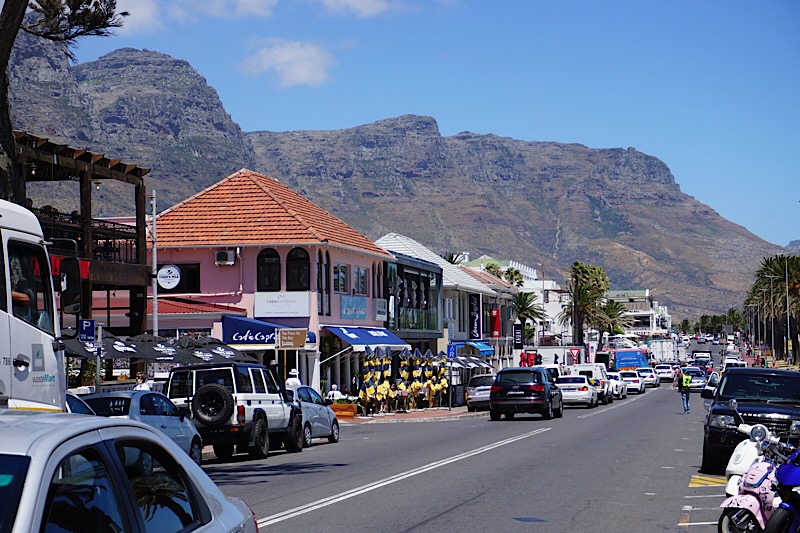
Something we found very interesting about Cape Town, and really the whole country of South Africa, is that their government-run power company is struggling, because of corruption and poor management according to several locals we talked to, and isn’t able to keep the electricity running without what they call “load shedding”. What they do, is have a schedule which tells what times different areas will be without power each day. Depending upon whether it’s a stage 1, 2, 3 or 4 alert, the length of time and number of times the power is off will vary. Several of the days the section of Cape Town we were staying in was dark three periods each day: say midnight to 2:30, 8:00 to 10:30 a.m., and 4:00 to 6:30 p.m. We were fortunate that our hotel had back-up generators which kept light and power outlets working but there was no A/C or internet available. Some shops would close completely during those times or operate, if able, with only the light from windows to see by. The first time we went to MOCAA we had to leave and come back later because the museum had no power. Several times, reservations we had made for dinner were cancelled because they didn’t have power. It’s a different way to run things but we tried to stay flexible and chalk it up to one of the reasons we like to travel, getting to see the cultural differences of other lands.
These periods without power gave us a chance to rest, do some of the activities we’d mentioned before, or just get outside and walk. Our hotel was nearby a oceanfront promenade that took you all along the Atlantic and went for miles and miles. It was a good way to get exercise and take in the beautiful scenery around Cape Town.
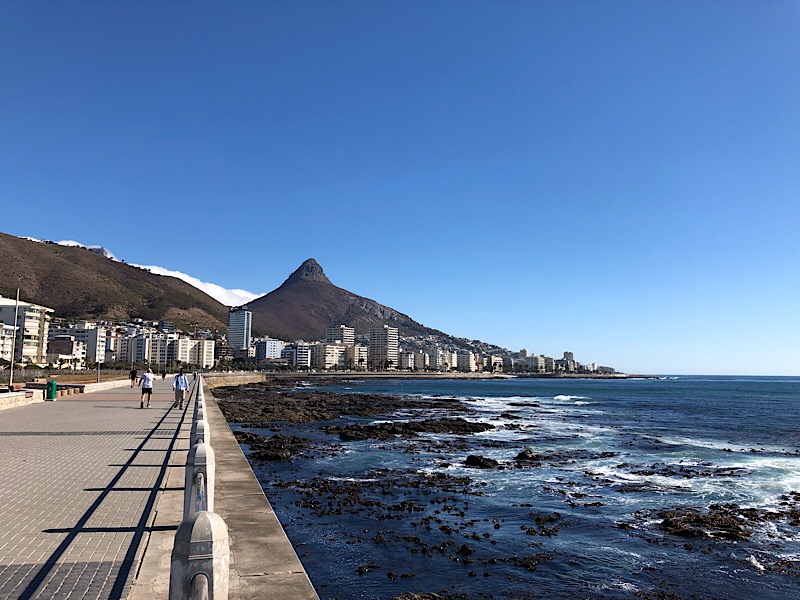
This area is also know for tremendous winds, though they’re generally not happening during the summer. For most of the time we were there, they were blowing quite strongly. One of the highlights of visiting Cape Town is to be able to take a tram up the side of the famous Table Mountain, about 3600 feet above the city. The tram wasn’t running because of the high winds and we were afraid we weren’t going to be able to check that sight of our list. But, as luck would have it, we woke up the last morning we were there to a still, beautiful, cloud free sky. We had to check out of our hotel by noon so we jumped out of bed, ate a quick breakfast and took a taxi up to the lower tram station. Everyone else who had been wanting to go up and couldn’t over the past few days had the same idea so the lines were enormous. It took us about an hour in line just to get on a tram but it was a quick four minute trip to the top and we still had time to walk all around and enjoy the vistas in all directions, a fitting way to end our stay in this beautiful South African city.
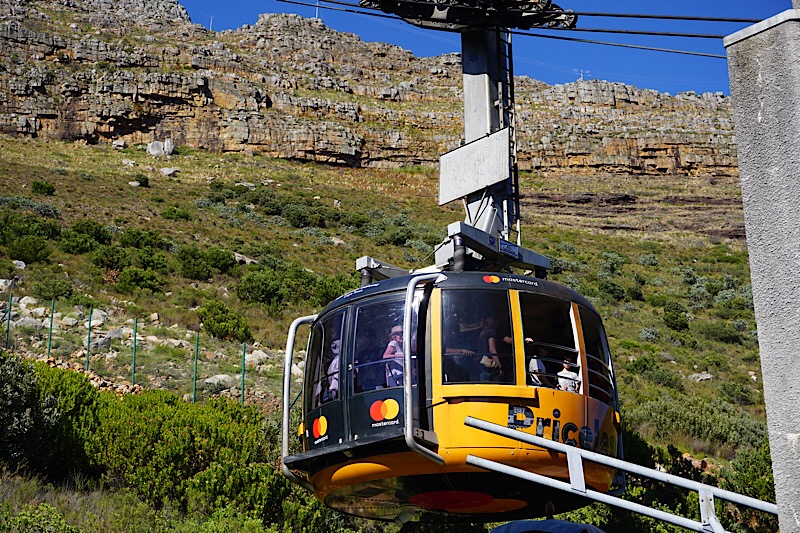
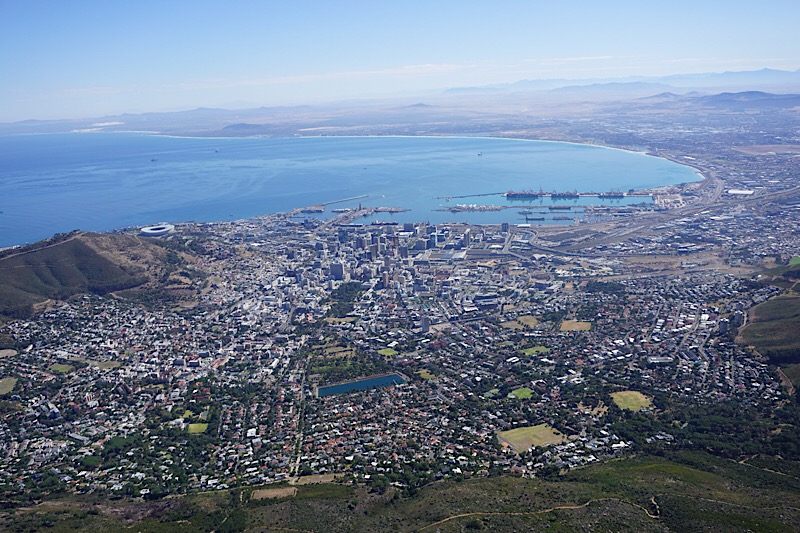
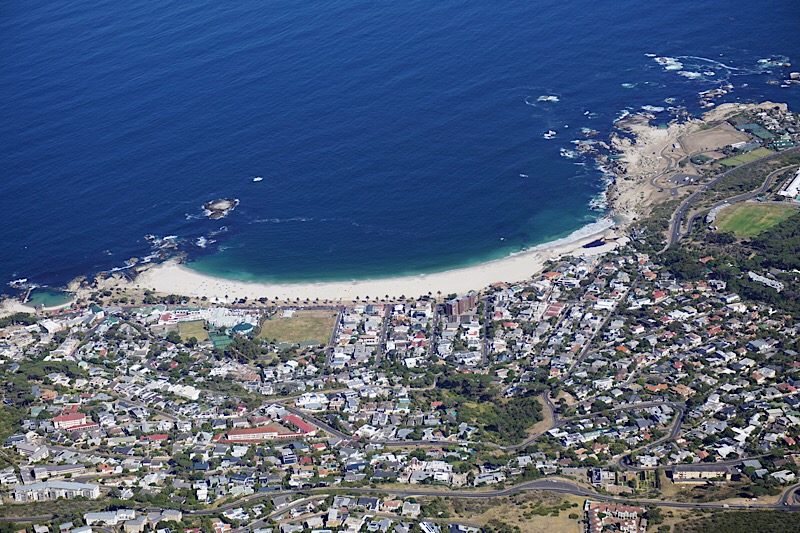
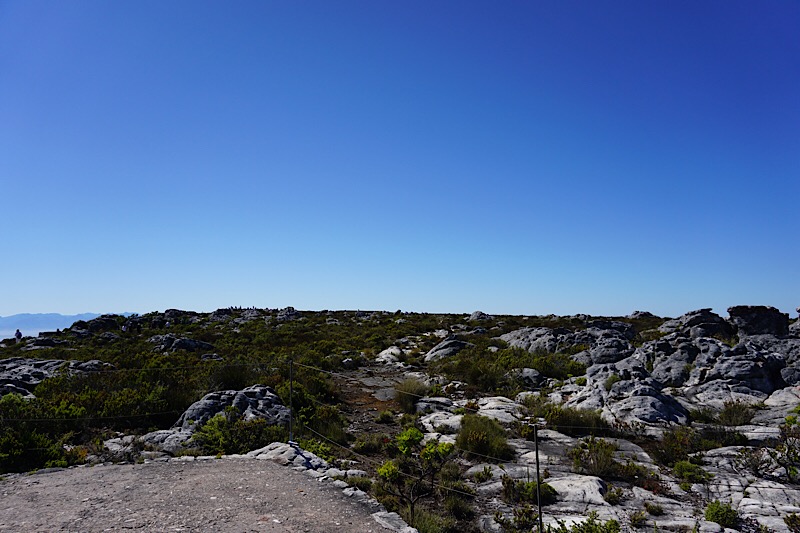

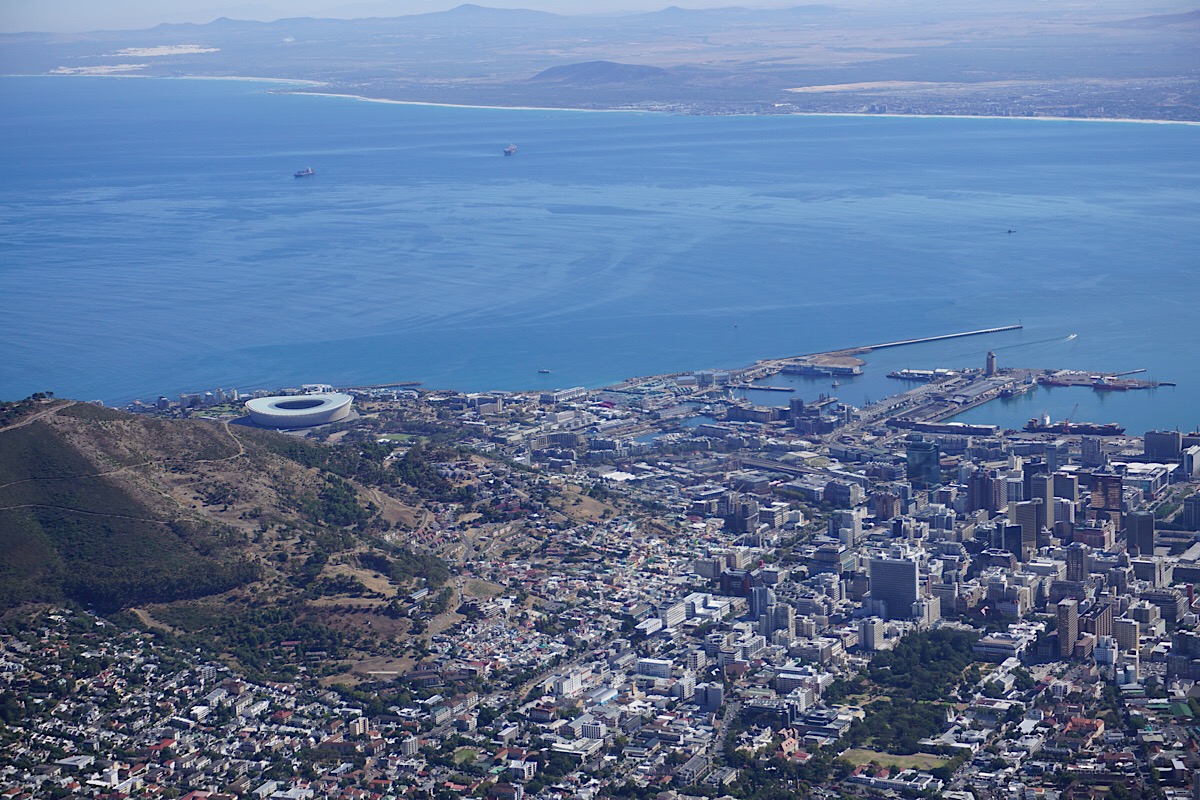
You two provide us with such good post on your adventures that we feel like we are on the trip with you. Thank you so much for the story and all the pictures that make the story come alive to us!
😍
I love your pictures and narrative. They remind how much I love visiting Africa and make me want to go again! See you soon!
Thanks, Linda! We are good travel neighbors and we so enjoy hearing your travel tales, too. See you soon!
Your pictures and narrative remind me how much I loved visiting Africa and make me want to return.
You guys! These posts on your South African adventures are wonderful! This is one of our dream trips and your blog and photos made me want to get planning for our African adventure . Thank you so sharing! XO
Anna-Sara, DO IT! It should be a must for anyone who can do it. The agency we used is one I’d recommend. They were terrific to work with and the properties were amazing. Let me know if you want details.